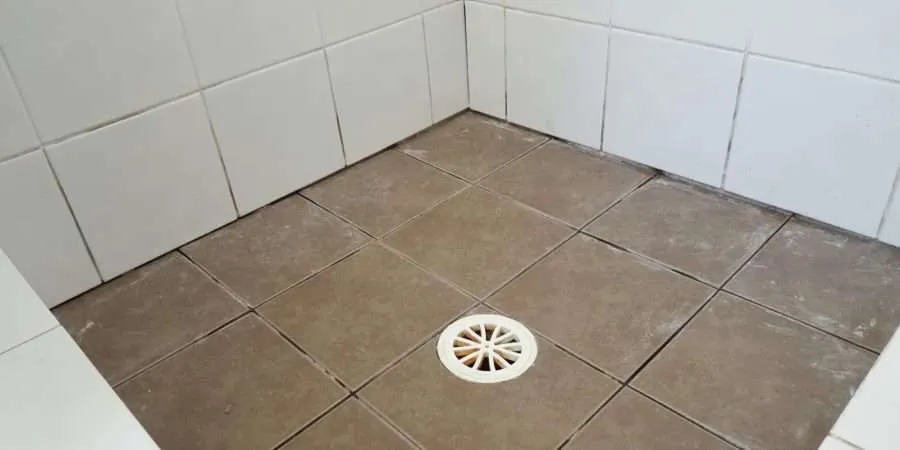How to Help Prevent Water Damage in Your Bathroom
Book A ServiceRight here below you'll find some worthwhile details pertaining to Common Causes of Water Damage in a Bathroom.

The shower room is incredibly vulnerable for wet build-up and possible water damages due to the constant use water in it. This article supplies basic evaluation strategies to assist spotting water damages dangers.
The frequent use water in the restroom makes it exceptionally prone for moist buildup and possible water damage. By inspecting it frequently, you can lower water associated problems.
The complying with collection of assessments is easy to do and must be done once in every 3 months in order to keep your shower room in good shape as well as to prevent prospective water problems triggered by the tub, the shower, pipe joints as well as plumbing, sinks, closets, as well as the commode
Do not overlook executing these evaluations and also be thorough while doing them. Keep in mind that these easy examinations can save you a great deal of cash by offering very early indications for water damage
Sinks and also Cabinets
Sinks and cupboards are revealed to moisture as well as moisture daily as well as are commonly overlooked. Examine consistently under the sink and on the counter top over it. Fix any type of drip in the trap as it may recommend drainpipe problems. Take a look around the sink, slow-moving draining pipelines may suggest an obstructed drainpipe. Replace sink seals if they are cracked or loose.
Bath tub and also Shower
The shower and bathtub need unique focus and maintenance. Inspect the ceramic tiles and also change if cracked. Ensure that there is no missing out on cement in between the floor tiles. Inspect and replace split caulking at joints where the wall surfaces fulfill the flooring or the bath tub. Clogged drains and pipes issues will certainly stop the bath tub from drying out and also might indicate serious problems below the tub. Talk to an expert promptly to stop architectural damages. Take notice of stainings or soft locations around the bath tub wall surfaces as they might show an inner leakage.
Plumbing
Signs for water damages are tough to identify given that the majority of pipelines are mounted inside the wall surfaces.
Pay unique interest to flooring as well as walls moisture and stains as they may show an unseen plumbing trouble. Examine wetness degrees in adjoining rooms as well.
The Toilet
The commode is an at risk water joint. Inspect the water lines as well as search for leaks around the commode seat, in the tube, as well as under the water storage tank. If you discover any signs of dampness on the flooring around the bathroom, check for leaks in the toilet edge and also storage tank seals.
Understand that hanging toilet bowl deodorants increases the opportunities for obstructions.
Water Damage Signs In The Bathroom To Avoid Cleanup
Musty smell
This is one of the easiest signs to catch because musty smells are so odorous. The damp, earthy, moldy smell should be a big red flag. The smell will develop when moisture gets trapped in surfaces, and begins to facilitate mold growth. Leaking pipes under cabinets, inside walls, and behind shower fixtures will cause moisture to stay trapped and not dry, which will lead to mold growth and spread. As soon as you notice any musty smells in your bathroom, have it checked for hidden water damage and cleanup signs.
Visible mold
If the smell isn’t there to give it away, sometimes you will actually see mold growth. Finding mold in your bathroom is a serious problem, because mold is very harmful to your health. By the time mold growth is visible, it also means that water damage has already occurred and been present for some time. The only way the mold problem can be resolved is to find the source of the moisture and get it stopped. To safely and adequately remove mold, you need to have professionals handle the remediation. Do not waste any time in getting mold problems addressed, fixed, and sanitized so that you can protect you and your family from the many respiratory symptoms caused by mold exposure.
Damaged floors
Bathroom floors should be able to withstand some exposure to water while still remaining in good condition. However, when excess exposure or water leaks occur, they will begin to damage even the most water-resistant flooring. If you notice any cracking, bubbling, staining, or warping on your bathroom floors, there is probably a water leak somewhere causing the distortion. If you notice areas of the floor have become softer, or even have a spongy feeling, there is probably damage to the subfloor. Subflooring is typically made up of plywood. When plywood is exposed to water or moisture, it will absorb it. Once it has become saturated, the weight of the excess water will cause the wood to swell and soften. Check the floors in your bathroom frequently to catch any of these sings before they lead to damaged subflooring.
Changes on walls
When water leaks behind walls, it will cause changes in the drywall. Peeling plaster, blistering paint, and soggy wallpaper are all good indicators that excess water is building up behind the wall. Water leaking behind drywall will cause it to swell and be soft to the tough. If you start to notice gaps along the trim of your walls, or where tile meets the wall, it could also be a strong indicator that there is a leak behind the wall. Any changes, distortion, or damage on the walls should be evaluated as soon as you notice it to prevent further water damage and cleanup.

I am just very fascinated by How to Prevent Bathroom Water Damage and I really hope you appreciated our blog posting. Enjoyed our blog entry? Please share it. Help another person check it out. Thanks a lot for your time. Visit us again soon.
Click